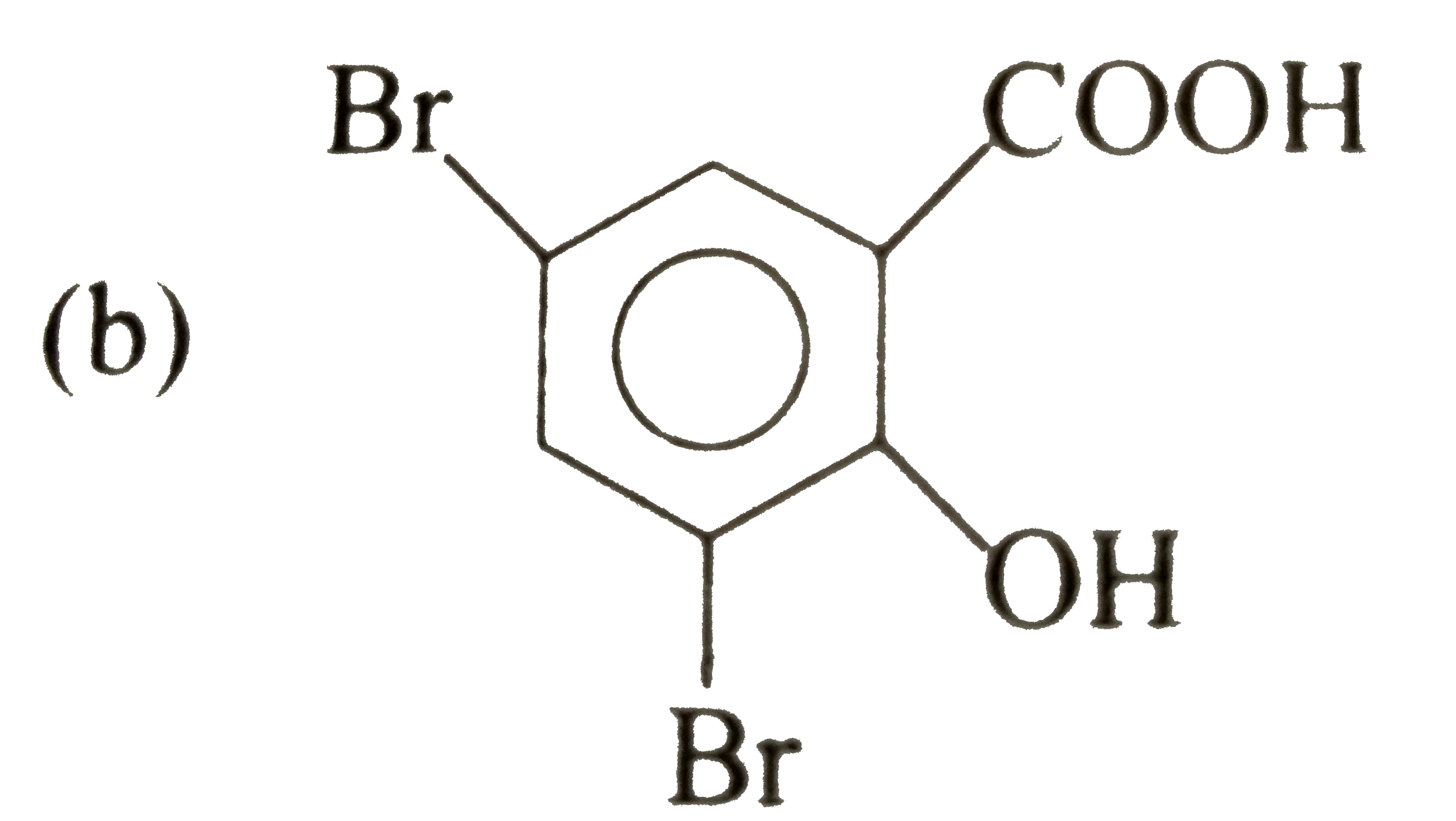The stoichiometric equation for the oxidation of bromide ions by hydrogen peroxide in acid solution is
Since the reaction does not occur in one stage, the rate equation does not correspond to this stoichiometric equation but is
rate =
What is the effect on the rate constant k of increasing the concentration of bromide ions ?
Step by step video & image solution for The stoichiometric equation for the oxidation of bromide ions by hydrogen peroxide in acid solution is 2Br^(-) + H_2O_2 + 2H^(+) to Br_2+ 2H_2O Since the reaction does not occur in one stage, the rate equation does not correspond to this stoichiometric equation but is rate = k[H_2O_2][H^+][Br^-] What is the effect on the rate constant k of increasing the concentration of bromide ions ? by Chemistry experts to help you in doubts & scoring excellent marks in Class 12 exams.
Updated on:21/07/2023Topper's Solved these Questions
- CLASSROOM PROBLEMS BOOK - MOTIONCHAPTER - CLASSROOM PROBLEMS EXERCISE - Chemical Equilibrium
38 Videos
- CLASSROOM PROBLEMS BOOK - MOTIONCHAPTER - CLASSROOM PROBLEMS EXERCISE - Radioactivity
23 Videos
- CLASSROOM PROBLEMS BOOK - MOTIONCHAPTER - CLASSROOM PROBLEMS EXERCISE - Electrochemistry
22 Videos
- Chemical KineticsBOOK - MOTIONCHAPTER - Chemical KineticsEXERCISE - Exercise - 4 (Level - II) (SUBJECTIVE PROBLEM)
1 Videos
- CLASSROOM PROBLEMS 1BOOK - MOTIONCHAPTER - CLASSROOM PROBLEMS 1EXERCISE - THERMODYNAMICS
17 Videos
Similar Questions
The stoichiometric equation for the oxidation of bromide ions by hydrogen peroxide in acid solution is
2Br−+H2O2+2H+→Br2+2H2O
Since the reaction does not occur in one stage, the rate equation does not correspond to this stoichiometric equation but is
rate = k[H2O2][H+][Br−]
If the concentration of H2O2 is increased by a factor of 3, by what factor is the rate of consumption of Br– ions increased ?
View SolutionThe stoichiometric equation for the oxidation of bromide ions by hydrogen peroxide in acid solution is
2Br−+H2O2+2H+→Br2+2H2O
Since the reaction does not occur in one stage, the rate equation does not correspond to this stoichiometric equation but is
rate = k[H2O2][H+][Br−]
If, under certain conditions, the rate of consumption of Br– ions is 7.2×10–3moledm–3s–1, what is the rate of consumption of hydrogen peroxide ? What is the rate of production of bromine
View Solution
Knowledge Check
CH2=CH2Br2/H2O−−−−−→A, In the above reaction the compound A is
AEthylene bromohydrinB1,2-dibromo ethaneCEthanolDNone of theseHydrogen peroxide ionises as H2O2⇔H++HO−2 if pH of H2O2 is 5.7 at 25∘C, the ionic product of H2O2 is :
A2×10−12B4×10−12C1×10−14D1.4×10−12The action of Br2/H2O on salicylic acid results in the formation of :
A B
B C
C D
D
The rate law of the reaction H2+Br2→2HBr is
d[HBr]dt=k[H2][Br2]1/2
What is the order of the reaction? Is this an elementary reaction?
View SolutionFor the chemical reaction,
4HBr+O2→2H2O+2Br2
Rate=k[HBr][O2]
What is the proable mechanism of the reaction ?
View SolutionDecompoistion of hydrogen peroxide,
2H2O2→2H2O+O2 is a …………. .
View SolutionBalance the following equations in acidic medium
Br−+BrO−3+H+→Br2+H2O
View SolutionThe rate of decomposition of hydrogen peroxide is first order in H2O2.AT [H2O2]=0.150 M , the decomposition rate was measured to be 4.83×10−6M.s−1 . What is the rate constant for the reaction?
View Solution
